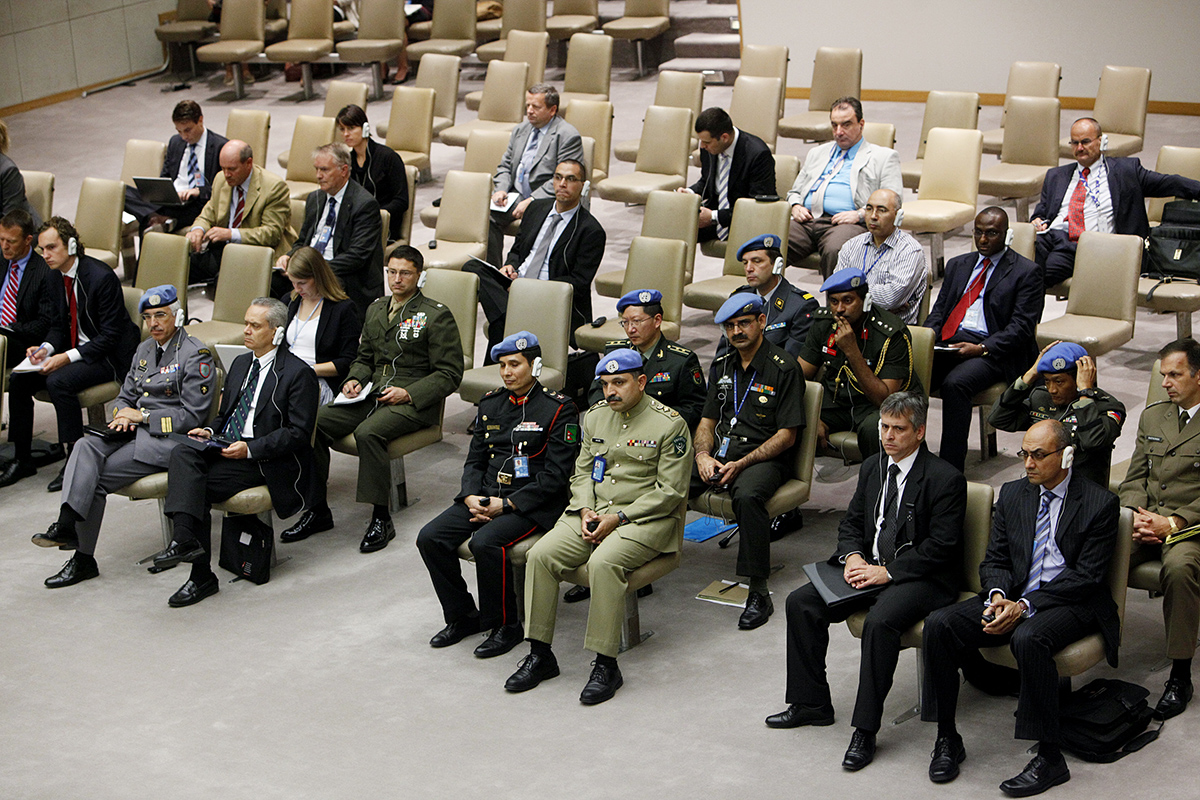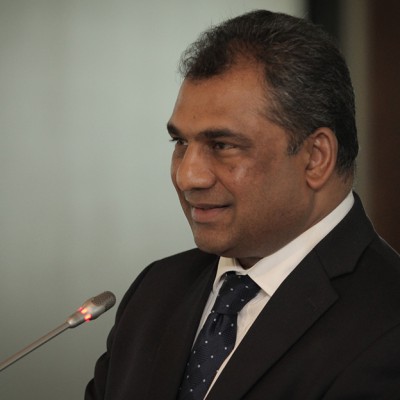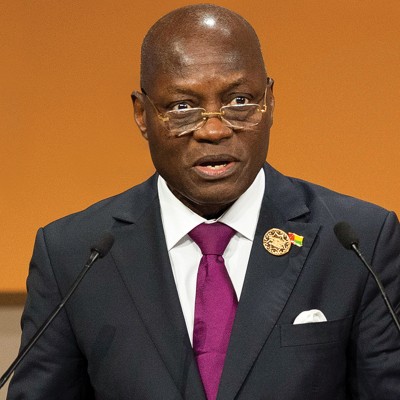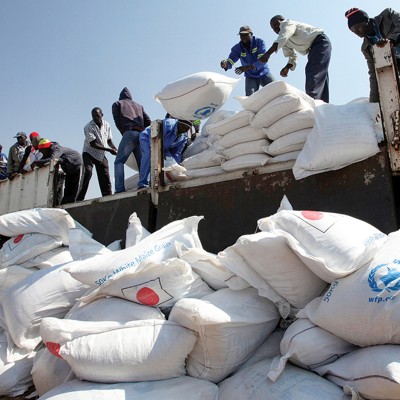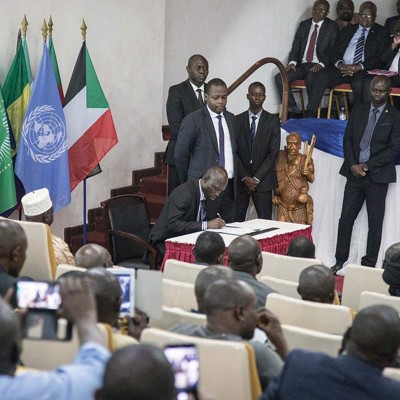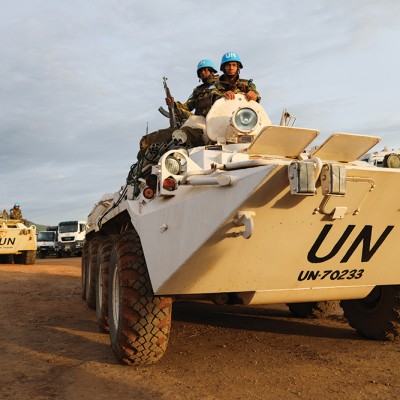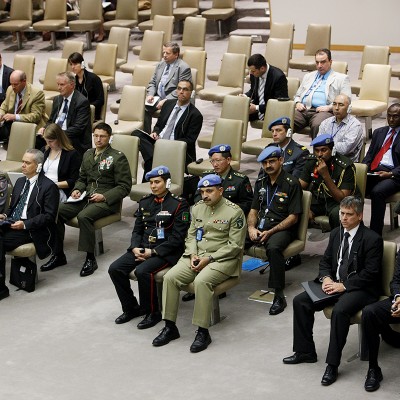This handbook, Conducting Track II Peacemaking: A Peacemaker’s Toolkit Book 3, links the evolvement of track II diplomacy to the complexity and intractability of post-Cold War conflicts. Modern-day conflicts involve too many actors with incompatible interests, violent histories and complex international entanglements. As such, militaries and teams of mediators alone cannot make and keep the peace. In response to this situation, national and multinational actors have launched loosely coordinated peace efforts involving development specialists and relevant conflict resolution experts to complement track I efforts.
The handbook delineates several levels of track I and track II diplomacy. Track I refers to official interactions between states and among several states, regionally or globally. Track II is the unofficial interaction and intervention of development actors with civil society, individuals or groups of individuals – sometimes called “non-state actors”. The handbook also outlines, with examples, how track II efforts complement track I efforts in myriad ways and at various points. Track II prepares the ground for track I when track II practitioners bring parties together across conflict lines to talk, build relationships, engage in joint civic projects, or even develop new ideas about potential political solutions to the conflict. Track II diplomacy is also valuable if conducted simultaneously with track I efforts, and can complement post-track I efforts. The book acknowledges the existence of multiple-track diplomacy, but limits discussions to track I and track II diplomacy.
When a conflict is not ripe for negotiations, track II activities can stimulate ripeness. Third party consultation may catalyse unwilling parties to rethink their interests and positions. Track II can also facilitate communication, build trust and relationships, break down stereotypes, and develop new ways of seeing and solving vexing problems. Further, track II can ameliorate situations where conflict involves a party seen by another as “illegitimate”, as in the case of terrorists. Track II actors can work quietly through back channels to ensure that the interests of an illegitimate party are brought to the table – what the authors refer to as the needs versus values approach. Where direct contact with illegitimate parties is legally prohibited, track II actors can work with surrogates – local citizens who share the same aspirations with illegitimate groups, but have legal access to negotiate with the state. This is referred to in the handbook as the lower-power parties versus the higher-power parties.
Theoretically, track II is a series of linear activities. In practice, however, the process is not as linear, and the handbook clarifies that actors can decide to start with stage two before stage one, according to the specific conflict situation. Again, different track II practitioners can conduct various track II efforts concurrently in any one conflict setting – or repeat the same steps within a single intervention – as the situation demands. In some situations, while one track II actor may undertake a similar series of steps with each activity, different track II practitioners may also conduct many other track II efforts simultaneously in the same conflict setting. In addition, the intervener is likely to repeat the same steps within a single intervention, conducting the same process with different audiences or modifying the process as the situation on the ground changes. Furthermore, some steps actually take place throughout the process – for example, evaluation can start from beginning of the process and continue to the end. The handbook thus discusses the need for ensuring that different peacemaking efforts complement and reinforce one another. Creating such synergy involves not only aligning track I and track II efforts, but also coordinating the various track II efforts to maximise their positive impact.
The first step in track II diplomacy involves conflict assessment or “going up on the balcony” to get a broader perspective of the situation, opportunities and challenges the intervention is likely to encounter. This is also known as a needs assessment. Knowing the local history of track II activities helps determine what new activities will be both possible and fruitful. As noted, track II activities depend on the presence of a reasonably developed and active civil society for success, but most importantly if that civil society voluntarily involves itself and does so in good faith. Interveners must thus assess attitudes, because if people are content with the status quo or pessimistic about the possibility for change, they will not participate effectively. Moreover, if people are cajoled into participating, they are likely to undermine the process more than help it. Where little civil society activity exists, peacebuilding efforts can start prior to dialogues, workshops and other bilateral or multilateral processes. Sometimes, even where an active civil society exists, track II efforts may be difficult because of restrictions on civil liberties.
The second step includes developing a strategy for engagement – one that maximises benefits to bring about the desired change. This entails deciding on the level of intervention (whether interpersonal, psychological or relational; interethnic dialogues and problem-solving workshops, or combining the two for maximum benefit) and planning for coordination (deciding how to fit the strategy into the larger picture of peacemaking activities, using the knowledge gained in the needs assessment to prepare a map of past and present activities that will indicate gaps, areas of need that are not being addressed, and possible avenues for coordination). The third step centres on designing the best suitable process for the conflict. Processes include training, intergroup dialogues, interactive conflict resolution/problem-solving workshops, public peace and tolerance education (face to face or media-based), and joint projects (to increase collaboration and intergroup understanding). These processes are most useful if undertaken simultaneously with track I negotiations, to help bring broader segments of society together. Actors must also choose suitable venues, select suitable participants (relational), find partners and decide on prescriptive1 or elicitive2 approaches, depending on the situation at hand.
The fourth step entails conducting track II activities, depending on the selected processes among those highlighted in step three. Activities must include building trust, adjusting goals and strategies to meet unanticipated needs, managing “people problems” and group dynamics, overcoming obstacles, addressing power inequities and managing the media. The fifth step focuses on undertaking follow-up activities and evaluation. It is difficult for participants to maintain relationships post-process setting, hence the need for frequent reinforcement through phone calls and emails to maintain and transfer positive attitudes. Documentation processes should continue to support evaluation, too. Where peace has been enabled, track II activities should continue, taking care to feed into track I to avoid suspicions, while enlarging the grassroots peace constituency. An agreement signed by elite negotiators but not supported by the grassroots will rarely hold.
This must-read handbook bridges theory and practice in track I and track II peacemaking processes. The simple fact that the book is a consequence of a married couple’s authorship, and that the two jointly established the University of Colorado Conflict Information Consortium, where they both teach about intractable conflicts, is the least of the reasons why reading this book enables an understanding of how a few people who possess profound imaginations can create a culture of peace that, in turn, aids institutional development for peace and stability globally.
Endnotes
- Prescriptive training or intervention assumes that the intervener – the trainer, the dialogue facilitator or the mediator – is the “expert” and that they are sharing their expertise with the client.
- The elicitive approach assumes that the clients are actually the experts – they understand their situation better than any outsider, and they know (though they may not realise that they know) the best way to solve their problem.

